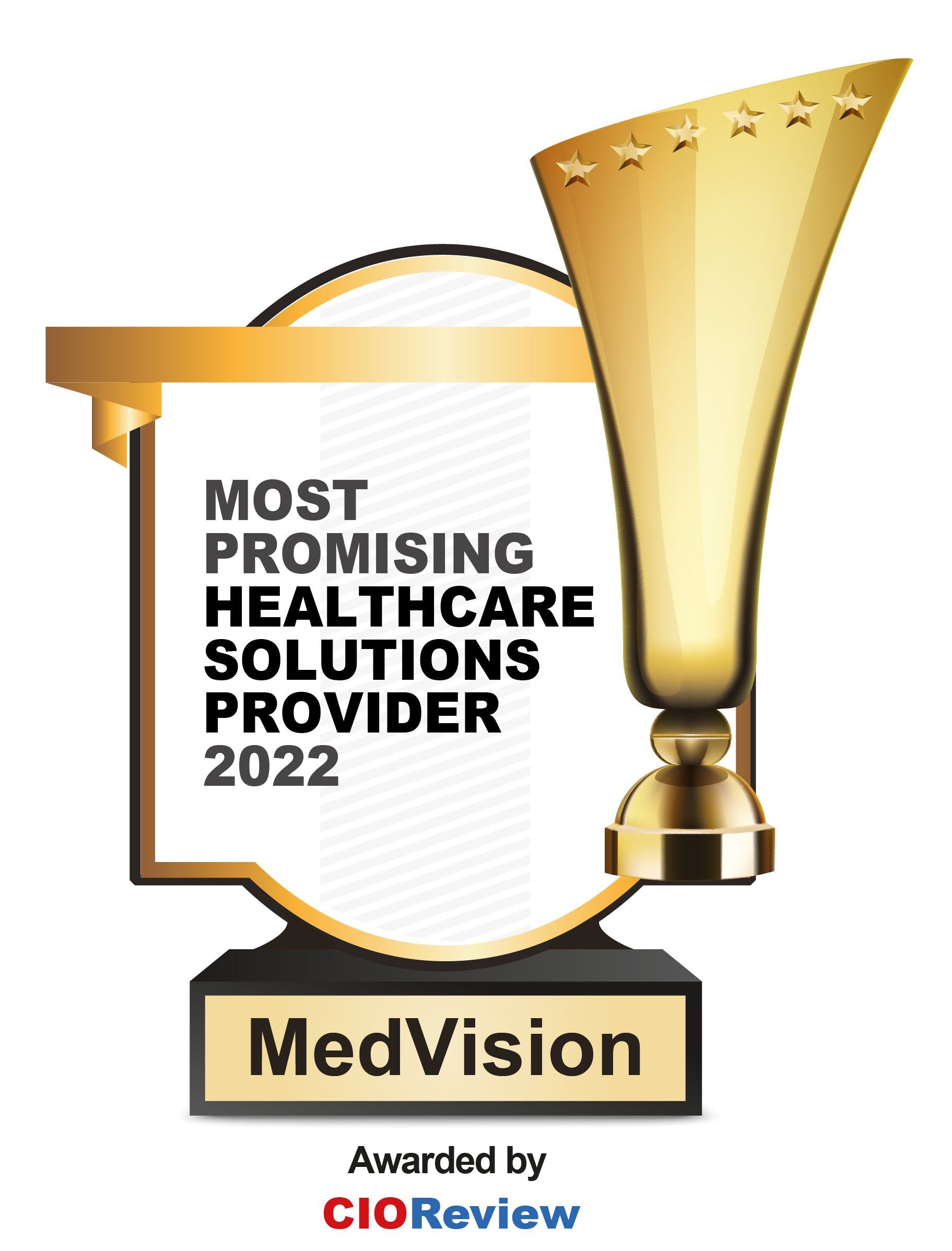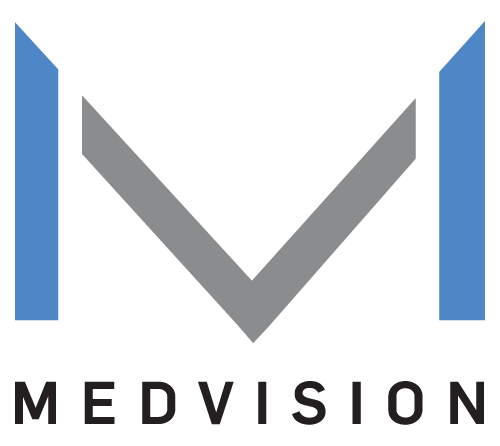Enhancing Patient Care Through Effective Coordination in PACE

September marks National PACE (Program of All-Inclusive Care for the Elderly) Month, a time to highlight these programs' essential role in enhancing older adults' health and well-being through comprehensive care and support.
As healthcare transitions from the traditional fee-for-service models toward value-based payment systems, there is a growing emphasis on transforming care delivery. The goal is to promote better health outcomes, especially for those with complex and chronic conditions.
With the rise of an aging demographic and non-communicable diseases (NCDs), diabetes, obesity, and heart disease, the need for enhanced care coordination has become more prominent.
Seamlessly Manage Care Coordination Now!
Defining Care Coordination
Care coordination involves strategically organizing patient care activities among multiple healthcare providers to ensure seamless and effective treatment. This approach allows all individuals involved in a patient's care to collaborate efficiently to address their comprehensive health needs.
Why Care Coordination Is Important in PACE
PACE Programs serve frail seniors, often with chronic conditions and complex care requirements. These participants rely on a comprehensive care model that includes medical services, social support, and long-term care. The complexity of their needs makes effective care coordination indispensable.
By integrating a wide range of services—medical, rehabilitative, social, and home-based—PACE Programs provide participants with tailored support to maintain their independence and quality of life.
Care coordination binds these services together, ensuring that all aspects of a participant’s care are aligned, efficient, and responsive to their evolving needs.
When care and support are not well-coordinated, patients often face fragmented care from various providers. This disconnection leads to miscommunication, insufficient clinical data exchange, medication errors, redundant treatments, and unnecessary hospital admissions or readmissions, all of which may compromise patient outcomes.
Key Elements of Effective Care Coordination in PACE
Multidisciplinary Team Approach
A defining feature of PACE Programs is their multidisciplinary team, which brings together physicians, nurses, therapists, social workers, and other healthcare professionals to offer well-rounded care.
Personalized Care Plans
For each PACE participant, a personalized care plan is developed based on thorough assessments of their health, social circumstances, and family input.
These plans are flexible and regularly updated as their needs evolve. This continuous adjustment helps align the participant’s care with their preferences and medical requirements, ensuring better outcomes and satisfaction.
Integrated Care Delivery
Coordinating care across multiple settings—home, hospital, and community—is essential to ensure participants receive uninterrupted care.
Whether transitioning from hospital to home or working with various community services, integrated care delivery helps reduce unnecessary hospitalizations and supports long-term health improvements.
Benefits of Seamless Care Coordination

Multiple stakeholders across the healthcare ecosystem, such as healthcare professionals, payers, regulators, and patients, can reap the benefits and opportunities of efficient care coordination.
1. Better Health Outcomes and Patient Satisfaction
Care coordination minimizes wait times, reduces care redundancies, and ensures patients receive consistent, personalized care. Continuity of care between different healthcare providers leads to better management of chronic conditions, quicker recovery times, and fewer complications.
2. Significant Healthcare Savings
Not only does care coordination lead to better health outcomes, but it also generates significant cost savings in the healthcare sector. Around 90% of the $4.5 trillion the U.S. spends on healthcare each year goes toward treating people with chronic diseases and mental health issues.
Early interventions and effective management of these conditions yield substantial health and financial benefits. Coordinated care minimizes redundant tests, medical errors, and hospital readmissions, which can reduce healthcare costs for payers. Moreover, patients save on out-of-pocket expenses by avoiding unnecessary procedures and hospitalizations.
3. Improved Public Health Monitoring
A coordinated care system ensures adherence to regulatory standards and quality metrics, helping providers meet accreditation requirements. Efficient care coordination supports better tracking of healthcare delivery, improving transparency and accountability.
Insights from collaborative patient care allow regulators to make data-driven decisions to enhance healthcare policies. In addition, effective coordination helps regulators monitor disease outbreaks, vaccination coverage, and health disparities.
4. Less Burnout Among Healthcare Professionals
Streamlined sharing of patient information between providers reduces duplication of efforts and minimizes miscommunication, allowing for more efficient workflows. Improved collaboration and better time management help healthcare staff focus more on patient care than administrative tasks.
This reduces unnecessary burdens, enhances decision-making, and ultimately lowers burnout rates. With fewer administrative obstacles, clinicians can devote more energy to delivering quality care, which boosts job satisfaction and overall morale.
3 Best Practices for Strengthening Care Coordination in PACE
Effective care coordination helps propel healthcare transformation programs forward, particularly in areas like population health management, precision-based treatments, payment systems, and patient-centered care. Here are some of the best practices to strengthen care coordination.
1. Leverage Technology
Effective care coordination relies heavily on technology, as digital platforms are essential for delivering accurate and timely information to healthcare providers. Below are the top tools that enable a seamless transition from coordinating care to orchestrating it at a higher level.
- Electronic Health Records (EHRs)
EHRs enable real-time participant data sharing across the care team, ensuring all providers have up-to-date information for accurate decision-making. This capability reduces errors, improves communication, and enhances workflow efficiency by centralizing patient information in one accessible platform.
- Patient Care Coordination Software
Care coordination softwares streamline workflows by automating routine tasks and tracking patient progress, allowing for more efficient care coordination. It facilitates collaboration among care teams, helping to identify care gaps and ensuring timely interventions.
- Telehealth and Remote Monitoring
Telehealth and remote monitoring tools connect patients with their care teams, enabling continuous monitoring and reducing the need for in-person visits. These tools improve access to care, particularly for remote patients, and support proactive adjustments to care plans, enhancing patient outcomes.
2. Regularly Communicate
A multidisciplinary team must work collaboratively to address every aspect of a participant’s care. Effective coordination ensures team members are on the same page, sharing goals and insights to offer holistic, patient-centered care.
Consistent communication, whether through regular meetings or convenient digital channels, strengthens collaboration among team members, ensuring cohesive care plans and timely interventions. This teamwork allows PACE participants to receive the best care tailored to their needs.
3. Engage Patients and Families
Active involvement of patients and their families fosters stronger relationships and more personalized care in PACE Programs. By involving patients directly in their care plans and decision-making, they feel more empowered and in control of their health.
When well-informed, families can better support the patient’s daily needs outside clinical settings. This collaborative approach improves adherence to treatment,
Optimize Care with Better Coordination!
Care coordination is integral to the success of PACE Programs. PACE organizations can enhance their coordination efforts by leveraging multidisciplinary collaboration, personalized care plans, integrated care delivery, and technology.
Tools like MedVision's QuickCap support these initiatives, helping teams streamline workflows and maintain seamless participant care.
With QuickCap, care coordination becomes effortless—automating daily tasks, delivering clear data insights, and driving real-time collaboration with providers. It keeps patient care aligned, proactive, and precise, ensuring no detail is overlooked.
Stay tuned for our next blog post: "How Actionable Data Analytics Support Population Health in PACE," for more insights on how data-driven decision-making can elevate care delivery and outcomes.
Enhance Care Coordination with Ease!
Recently published articles
Keep in touch
Subscribe to get the latest update
Trending topics
Share your insights on social media
Upcoming events and company news















